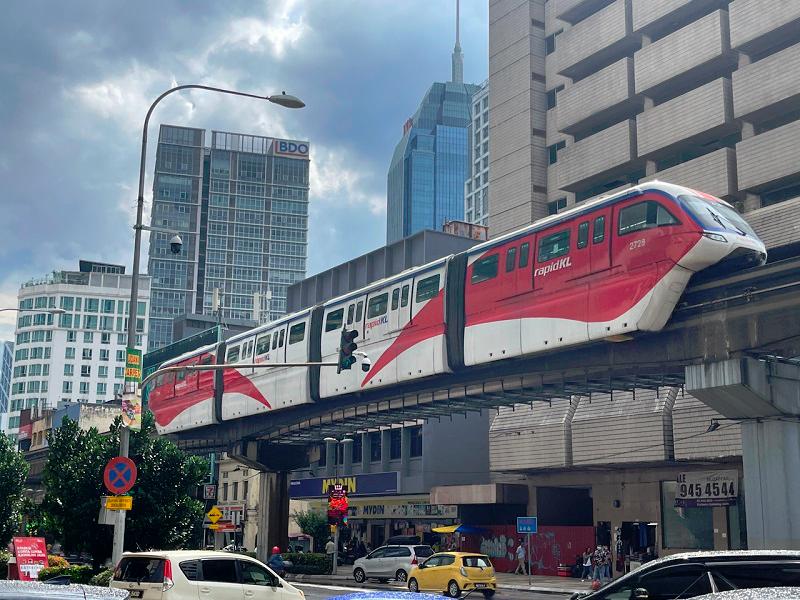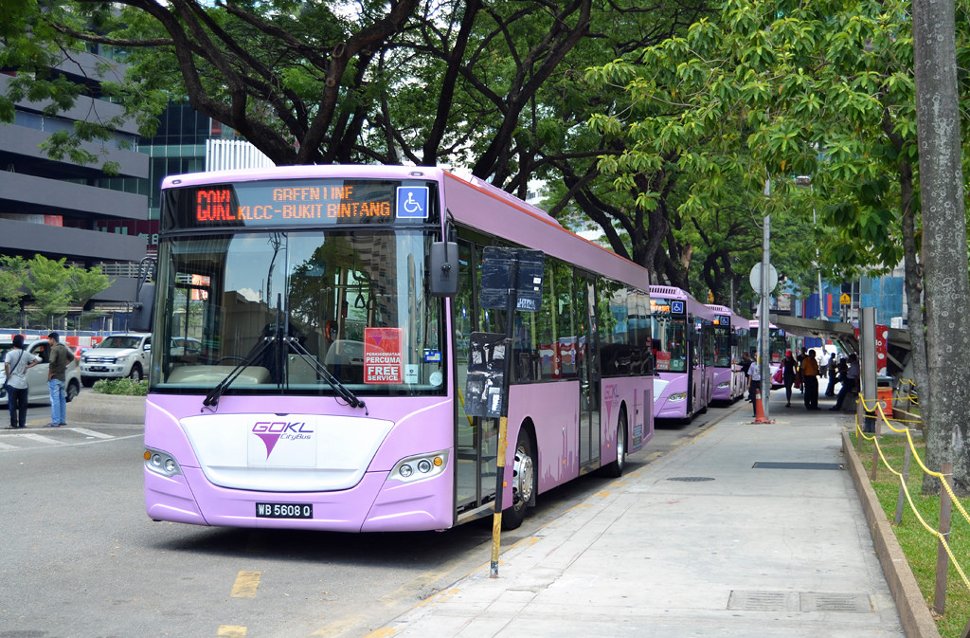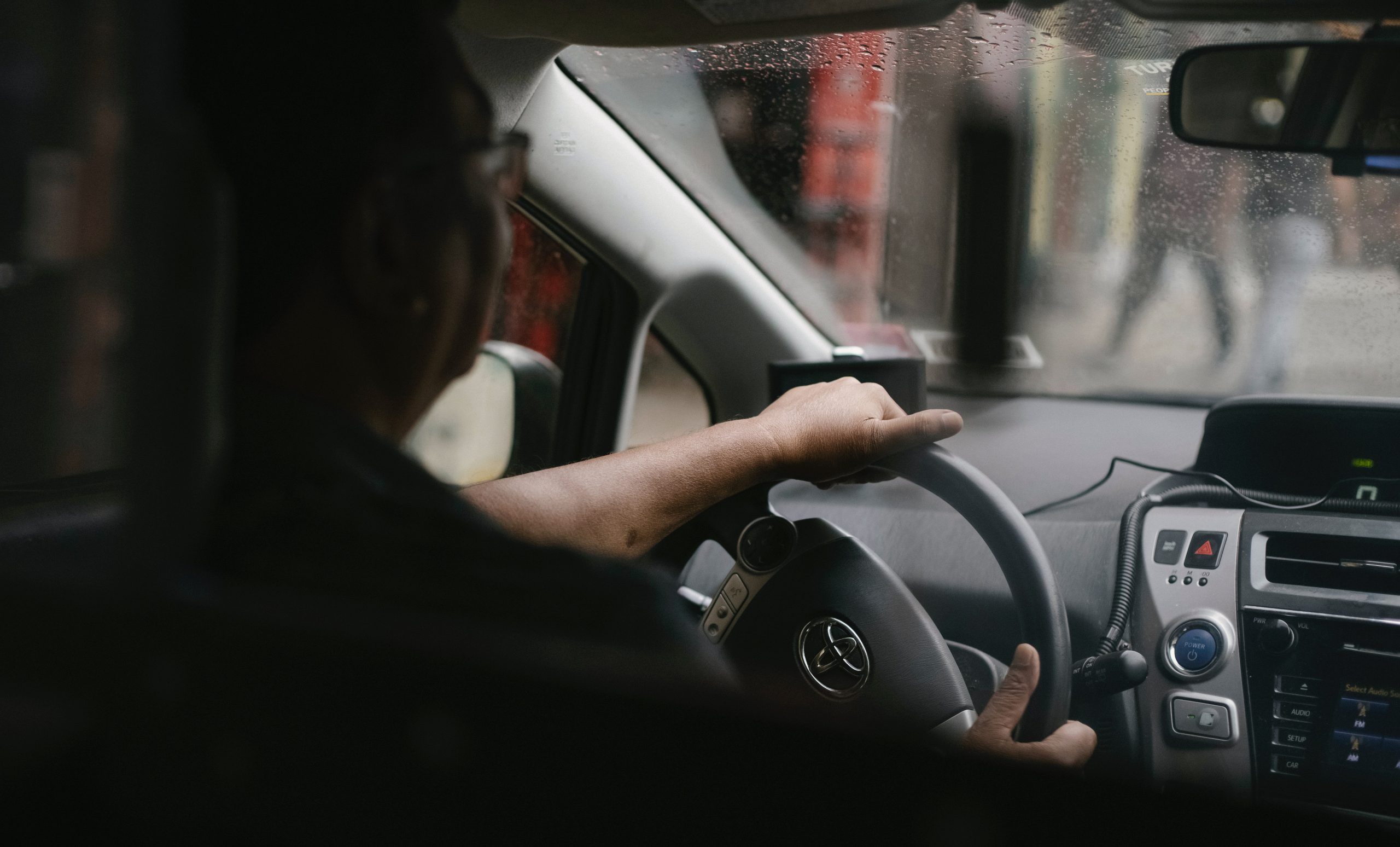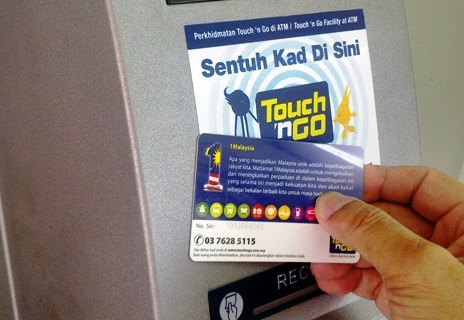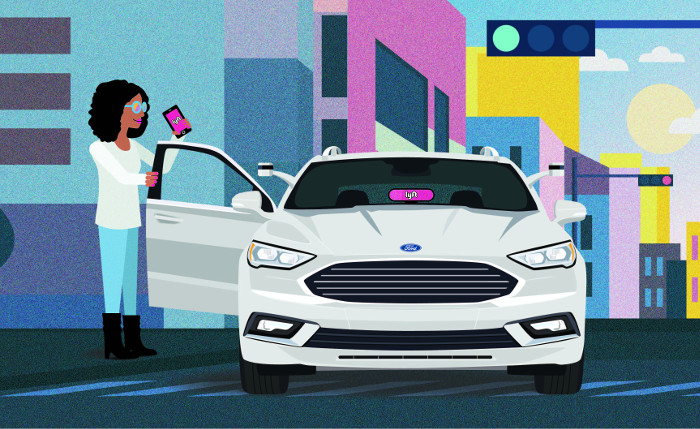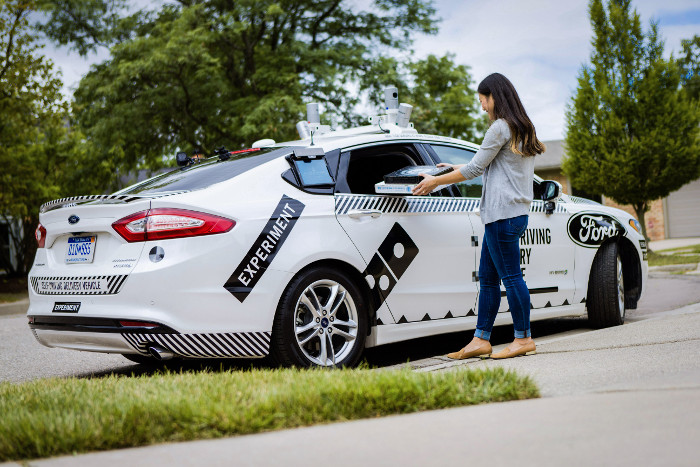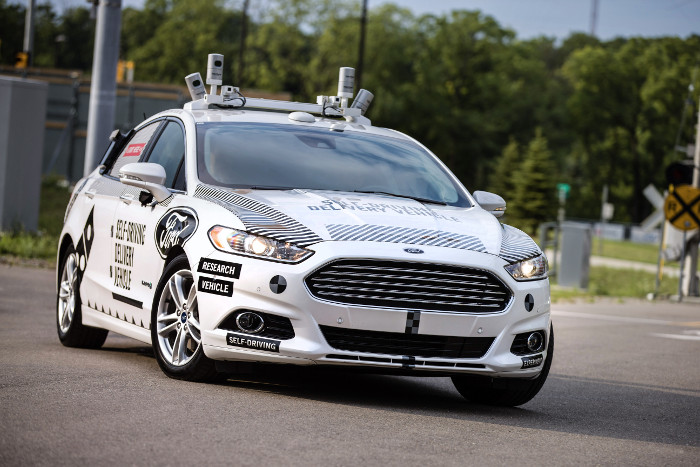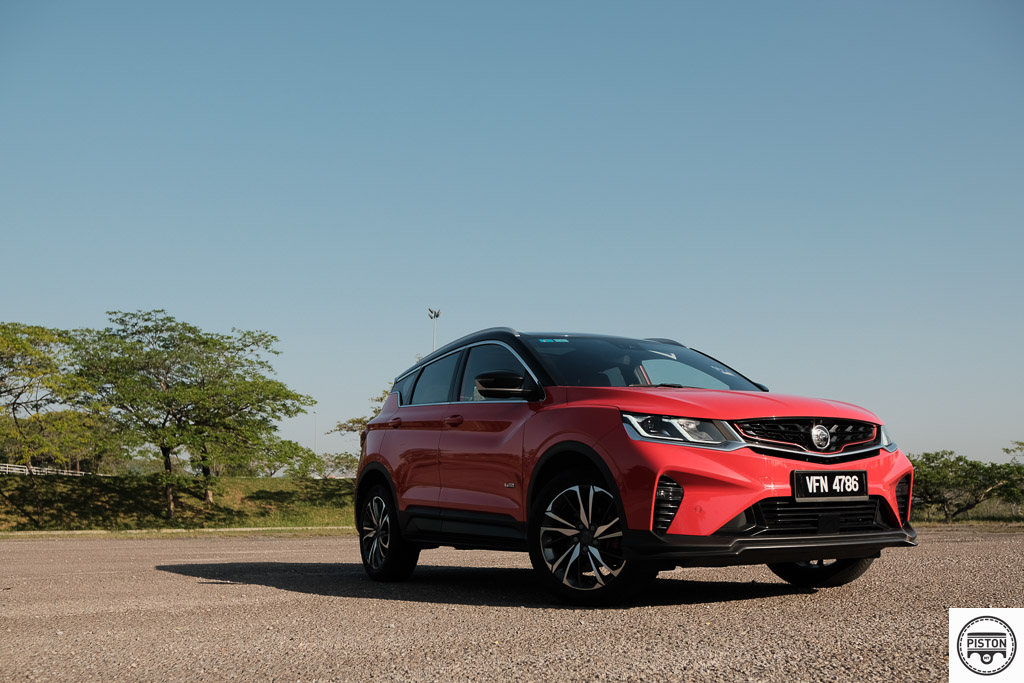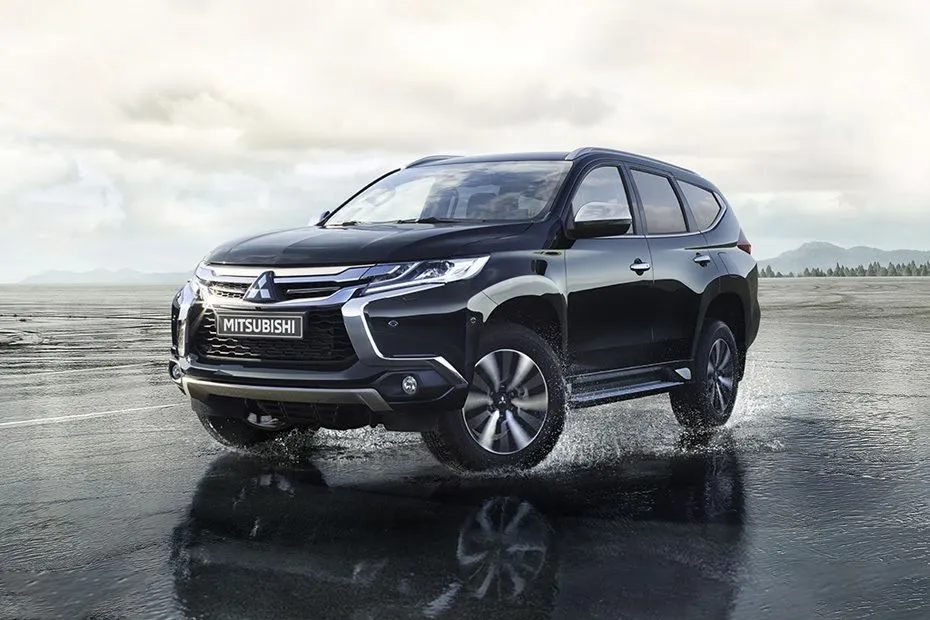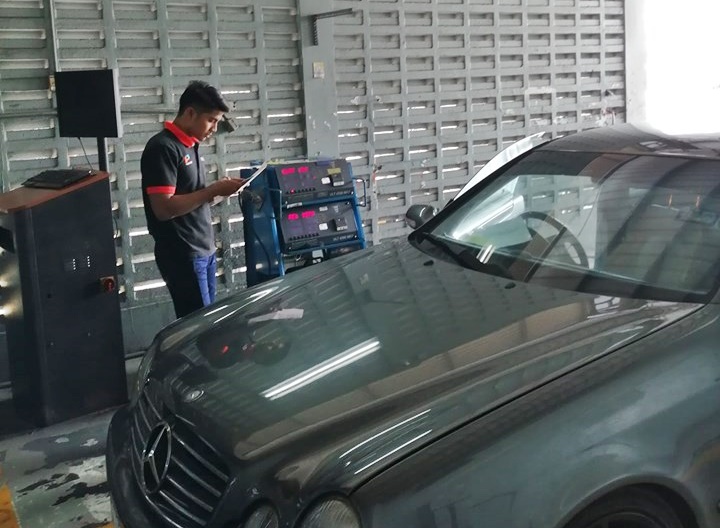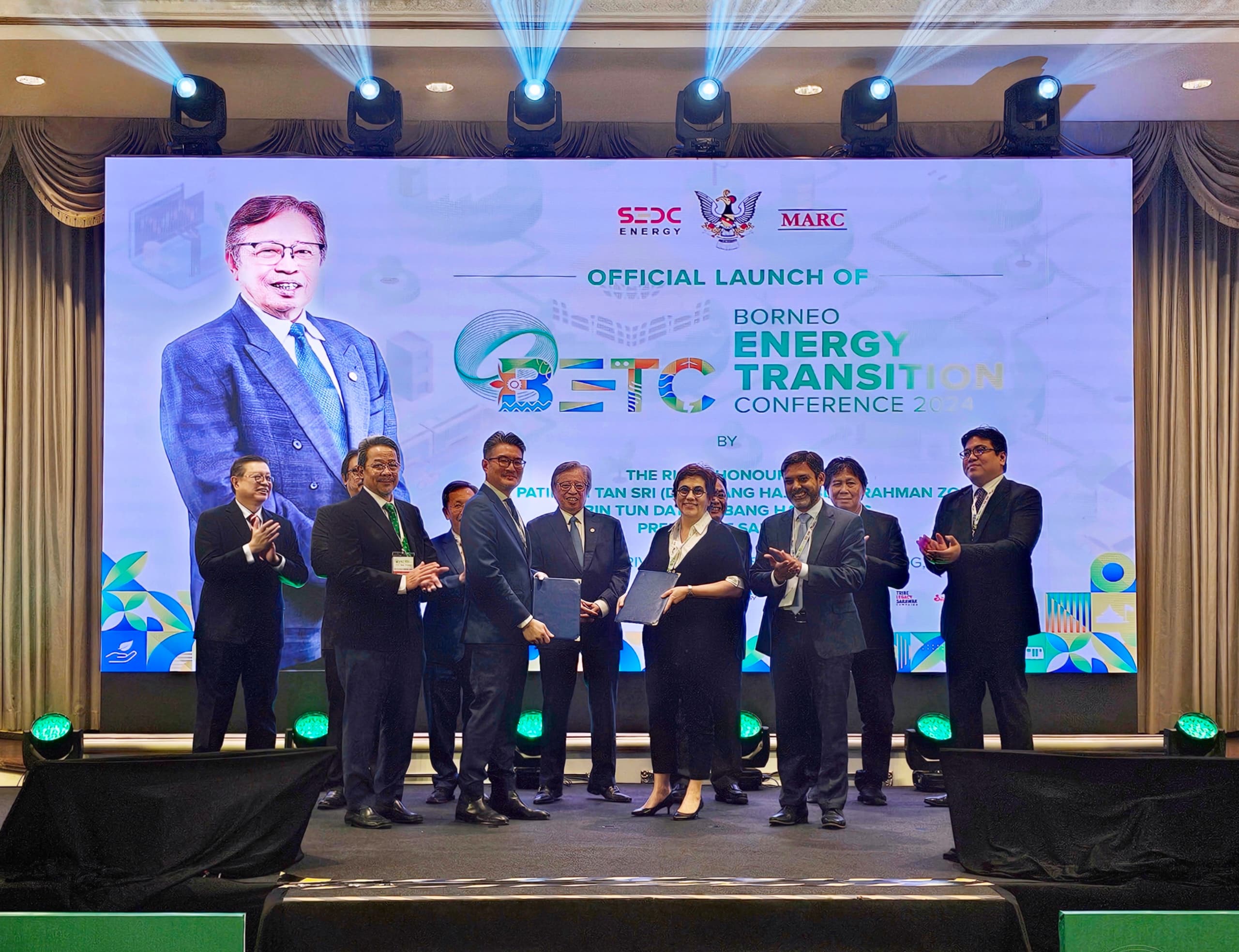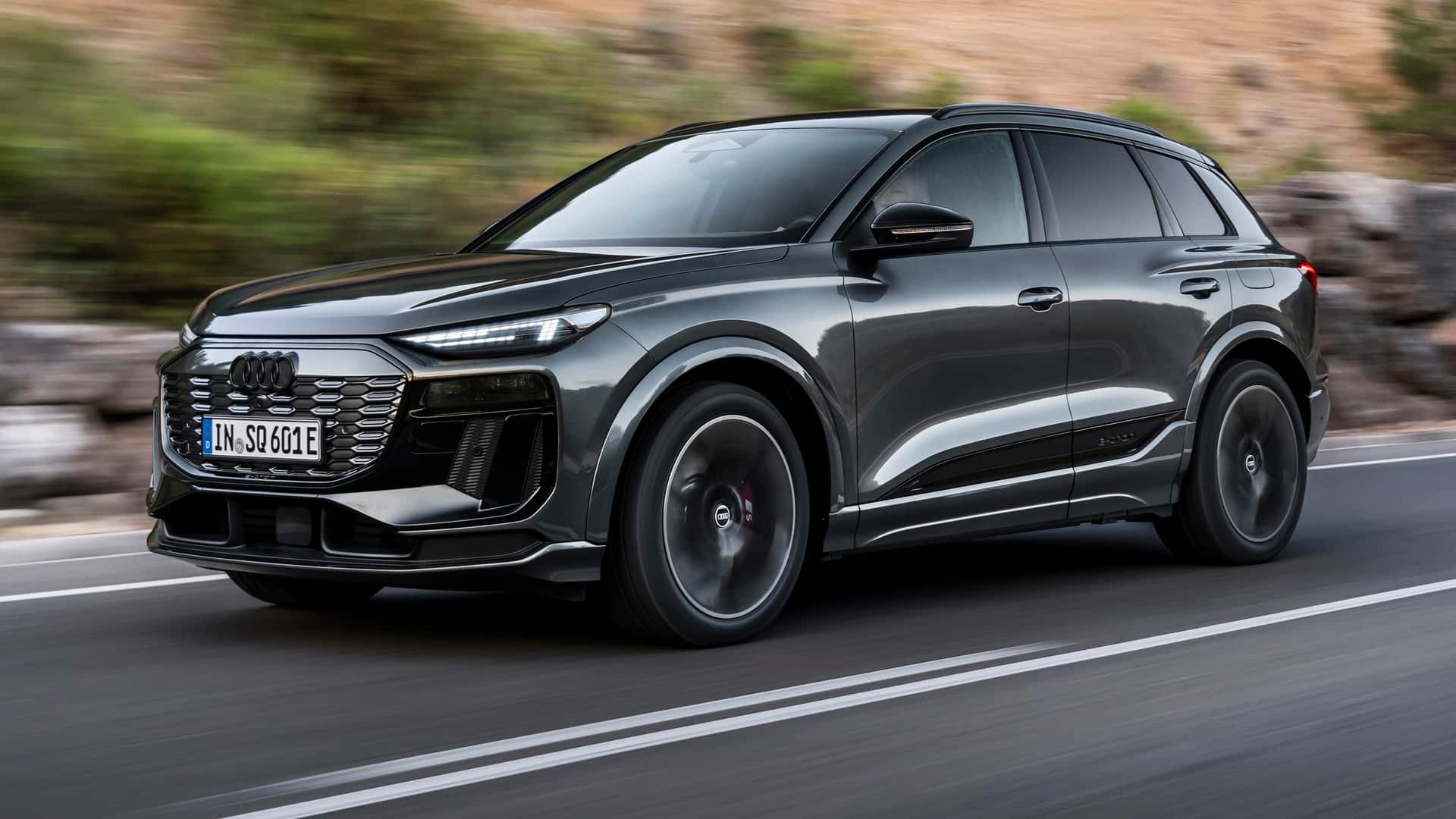In anticipation of New Year’s Eve celebrations, Rapid KL has announced the extension of operating hours for selected rail transit and bus services until 1:30 am on January 1. This initiative aims to accommodate individuals planning to celebrate the arrival of the new year.
As reported by FMT, Prasarana Malaysia Bhd, the operator of Rapid KL, shared that the service extension will cover 12 LRT and MRT lines, monorail stations in Kuala Lumpur, three BRT stations, and 21 Rapid KL and MRT feeder bus routes. Notable rail transit routes included in the service extension are the Kelana Jaya LRT line (KLCC and Masjid Jamek stations), Ampang LRT line to Sri Petaling (Masjid Jamek, Bandaraya, IOI Puchong Jaya, and Maluri), KL monorail line (Bukit Bintang), Kajang MRT line (Bukit Bintang, TRX, Cochrane, and Maluri), Putrajaya MRT line (TRX), and Sunway BRT line (Sunway Lagoon, SunMed, and Sun U-Monash).
While some stations will conclude their operations as usual, passengers will have the option to exit from these stations to continue their journeys. Prasarana emphasised the use of Touch ‘n Go cards for a smoother experience and encouraged the purchase of return tokens to reduce queues during the return journey.
To ensure operational efficiency, Rapid KL plans to increase the number of staff and enhance train frequencies. Train frequencies for all services will be increased to eight minutes from 1 pm and further reduced to four minutes from 8 pm until the end of the extended operating hours. Commuters are urged to plan their journeys in advance, utilise electronic payment options, and cooperate with the additional measures implemented for a safe and enjoyable New Year’s celebration.


